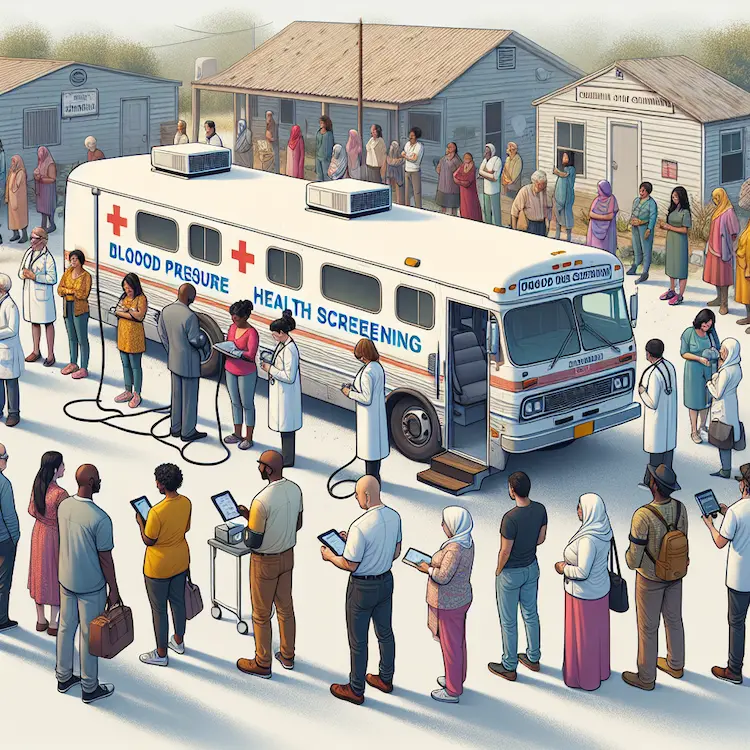Hypertension, or high blood pressure, is a widespread health concern affecting millions of people worldwide. However, the ability to manage this condition effectively is closely tied to an individual’s health literacy – the capacity to obtain, process, and understand basic health information and services needed to make appropriate health decisions. This article explores the intricate relationship between blood pressure management and health literacy, highlighting the importance of empowering communities with knowledge and skills to combat hypertension.
Health literacy plays a crucial role in how individuals understand and manage their blood pressure. Studies have shown that patients with lower health literacy often struggle with:
For instance, a study found that only 42% of individuals with insufficient literacy recognized a blood pressure measurement of 130/80 mmHg as normal, while 45% were unaware that a reading of 160/100 mmHg indicates high blood pressure.
Research has demonstrated a strong correlation between health literacy levels and blood pressure control. Patients with adequate health literacy tend to have:
A non-randomized prospective cohort trial of 525 patients with uncontrolled hypertension found that both low and higher health literacy groups experienced significant decreases in mean systolic blood pressure over 24 months. The low literacy group saw a reduction of 8.1 mmHg, while the higher literacy group had a 4.6 mmHg reduction.
Health literacy disparities disproportionately affect certain populations, particularly:
For example, a study of African Americans with chronic hypertension living in rural, impoverished areas of the Southeastern USA revealed high rates of low health literacy and social isolation. These factors contribute to poorer health outcomes and highlight the need for targeted interventions.
Implementing health literacy-sensitive strategies at both practice and patient levels can lead to significant improvements in blood pressure control. These may include:
Developing community-based programs that focus on improving health literacy can be particularly effective. These programs can:
Leveraging technology can help bridge the gap in health literacy. Examples include:
Equipping healthcare providers with skills to effectively communicate with patients of all health literacy levels is crucial. This includes:
Social support has been shown to play a significant role in mediating the relationship between health literacy and depression in hypertensive patients. Encouraging social connections and support systems can help individuals better manage their blood pressure and overall health.

Empowering communities through improved health literacy is key to better blood pressure management and overall health outcomes. By implementing targeted strategies, leveraging technology, and fostering supportive environments, we can bridge the gap in health literacy and empower individuals to take control of their blood pressure. As healthcare providers, policymakers, and community leaders, it is our collective responsibility to ensure that health information is accessible, understandable, and actionable for all members of our society.